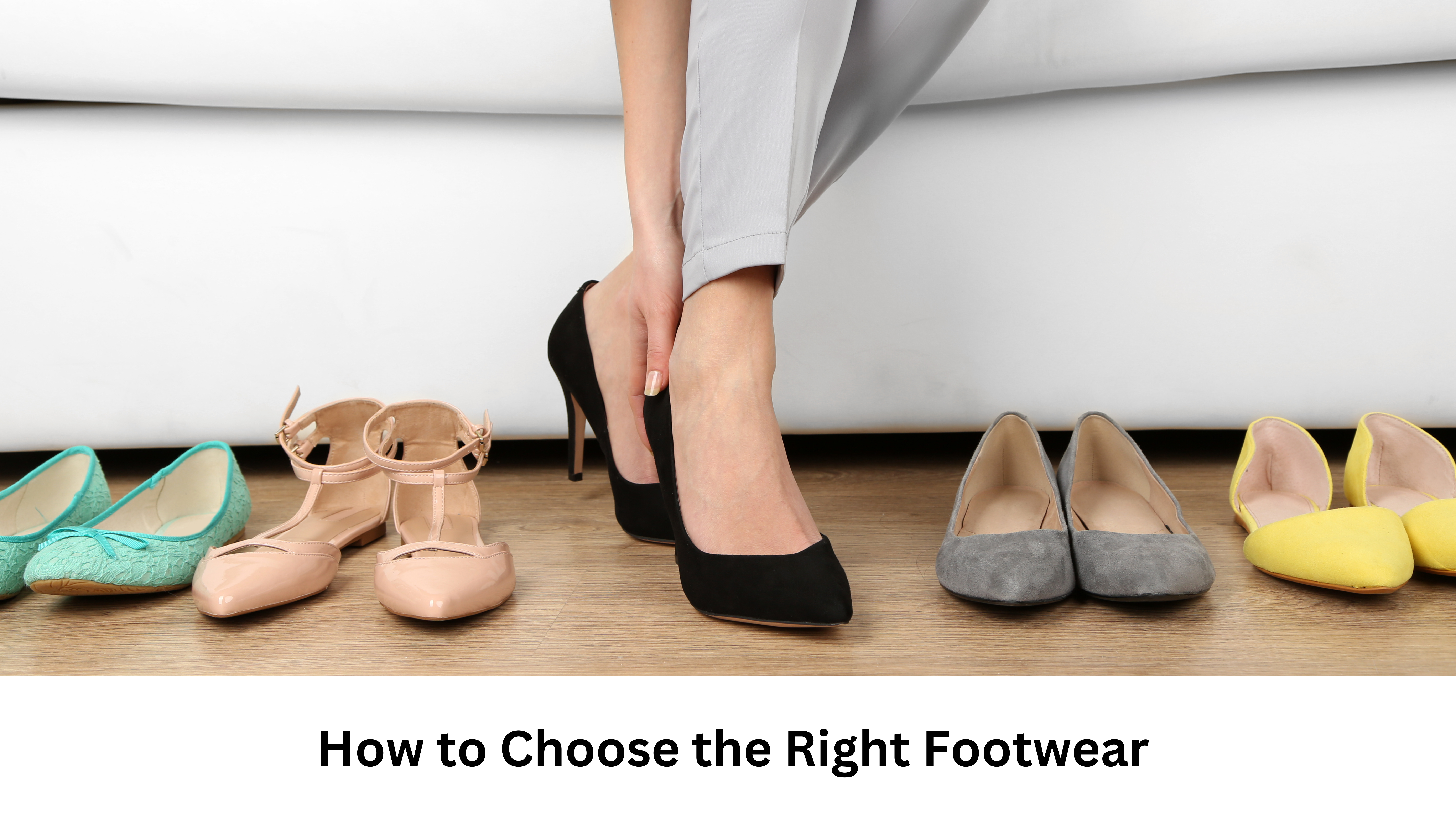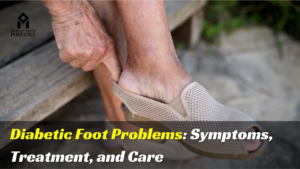Choosing the right footwear is essential for maintaining foot health and comfort. Ill-fitting shoes can lead to various foot problems, including pain, blisters, and even more serious conditions. This guide will help you understand different foot types and how to select the best footwear, especially for residents of Illinois, including Chicago, Elmhurst, Tinley Park, Downtown Chicago, and Flossmoor.
Understanding Your Foot Type
- Flat Feet (Overpronation)
- Characteristics: Low arches, feet that roll inward when walking.
- Recommended Footwear: Look for shoes with good arch support and stability features to help control overpronation.
- High Arches (Underpronation)
- Characteristics: High arches, feet that do not roll inward sufficiently.
- Recommended Footwear: Cushioned shoes with ample shock absorption are ideal. Consider shoes designed for underpronators.
- Neutral Feet
- Characteristics: Balanced arches, feet that roll slightly inward.
- Recommended Footwear: Neutral running shoes or those with a mix of cushioning and support work well.
- Wide Feet
- Characteristics: Feet that are broader than average.
- Recommended Footwear: Look for brands that offer wide sizes or styles designed specifically for wider feet to ensure comfort.
- Narrow Feet
- Characteristics: Feet that are narrower than average.
- Recommended Footwear: Choose shoes that come in narrow sizes or have adjustable features like straps or laces.
Tips for Choosing the Right Footwear
- Measure Your Feet Regularly
Your foot size can change over time due to various factors, so measure your feet regularly, especially when buying new shoes. - Consider the Activity
Different activities require specific types of footwear. For example, running shoes are designed for forward motion, while cross-training shoes offer more stability for lateral movements. - Check for Proper Fit
When trying on shoes, ensure there’s about a thumb’s width of space between your longest toe and the end of the shoe. Your heel should fit snugly without slipping. - Pay Attention to Materials
Look for breathable materials to keep your feet cool and dry. Leather and mesh are good options that offer comfort and durability. - Test the Shoes
Walk around the store and try different surfaces to get a feel for the shoe’s fit and comfort. Pay attention to any pressure points or discomfort. - Replace Worn-Out Shoes
If your shoes show signs of wear, such as a flattened sole or visible damage, it’s time for a replacement. Worn-out shoes can lead to improper support and foot problems.
When to Consult a Podiatrist
If you experience persistent foot pain or discomfort despite choosing appropriate footwear, consider consulting a podiatrist. They can assess your foot type and recommend specific footwear or orthotics tailored to your needs.
Conclusion
Choosing the right footwear is crucial for maintaining foot health and preventing discomfort. By understanding your foot type and following these tips, you can select shoes that provide the necessary support and comfort for your activities. If you live in Illinois, including Chicago, Elmhurst, Tinley Park, Downtown Chicago, or Flossmoor, make sure to visit a local shoe store that specializes in fitting or consult a podiatrist for personalized advice. Prioritize your foot health—comfortable feet lead to a happier, healthier you!
What Are the Benefits of Regular Foot Exams? Why You Should Schedule Yours
Regular foot exams are an essential aspect of maintaining overall health, particularly for individuals who may be at risk for foot problems. Whether you’re dealing with existing foot issues or looking to prevent future complications, scheduling routine foot exams can be a crucial step. This guide will explore the benefits of regular foot exams, especially for residents of Illinois, including Chicago, Elmhurst, Tinley Park, Downtown Chicago, and Flossmoor.




